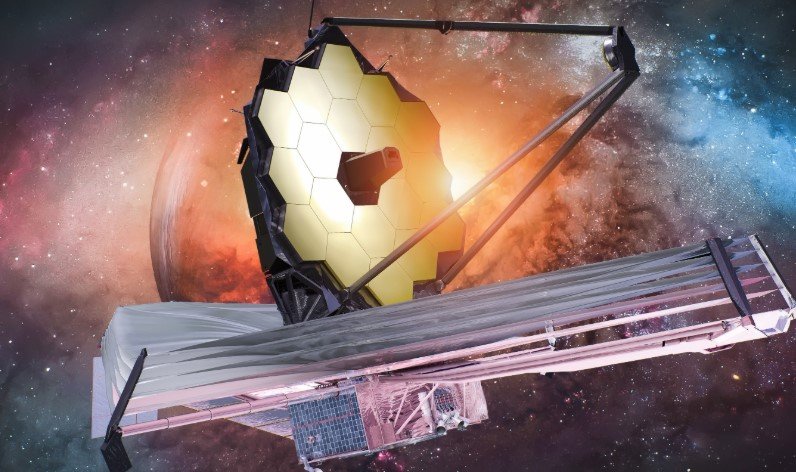India’s pioneering space observatory, AstroSat, marked its 10th anniversary on September 28, 2025, after launching from the Satish Dhawan Space Centre in Andhra Pradesh. This milestone highlights a decade of groundbreaking discoveries in astronomy, from distant galaxies to black holes, solidifying India’s role in global space research.
A Bold Launch and Early Wins
AstroSat blasted off in 2015 aboard the PSLV-C30 rocket, weighing 1,515 kg and entering a 650 km orbit. Designed for a five-year mission, it has far exceeded expectations by operating twice as long, thanks to robust engineering from the Indian Space Research Organisation.
The observatory’s unique setup lets scientists study celestial objects in X-ray, ultraviolet, and optical bands at the same time. This multi-wavelength approach has unlocked secrets of the universe that single-band tools could not reveal.
Right after launch, AstroSat solved a long-standing puzzle about a massive red star’s unusual brightness. It also teamed up with global telescopes like Hubble to spot events such as coronal explosions on nearby stars.

Key Discoveries That Shaped Astronomy
Over the years, AstroSat has delivered stunning insights into cosmic phenomena. In 2017, it helped detect a coronal explosion on Proxima Centauri, the closest star to our sun that hosts planets. Later that year, Indian researchers used its data to measure X-ray variations from the Crab Pulsar, a feat published in top journals.
One standout achievement came in 2020 when AstroSat spotted extreme ultraviolet light from a galaxy 9.3 billion light-years away. This rare detection offered clues about early universe star formation.
AstroSat has also imaged galaxy clusters like Abell 2256, over 800 million light-years distant, showing mergers that reshape cosmic structures. Its observations of black holes, neutron stars, and supernovas have advanced our grasp of high-energy events.
Here are some major milestones:
- Detected UV photons from billions of light-years, aiding studies of distant star births.
- Captured spinning black holes and merging galaxies, revealing the universe’s dynamic nature.
- Monitored X-ray transients, spotting new bursts that signal extreme cosmic activity.
Global Reach and Scientific Impact
AstroSat’s data has drawn interest worldwide, with over 57 countries, including the United States, registered as users. More than 130 Indian universities have tapped into its findings for research and education.
The observatory has enabled over 1,166 observations of 800 unique celestial sources. Scientists from places like Tata Institute of Fundamental Research and Inter-University Centre for Astronomy and Astrophysics have led key projects.
Its open proposal system, starting a year after launch, invites global astronomers to request observation time. This has fostered collaborations, boosting India’s standing in space science.
| Achievement | Year | Details |
|---|---|---|
| Launch and Orbit | 2015 | Entered 650 km orbit; solar panels deployed successfully. |
| Proxima Centauri Explosion | 2017 | Simultaneous detection with Chandra and Hubble telescopes. |
| Crab Pulsar Study | 2017 | Measured X-ray polarization variations. |
| Distant UV Light Detection | 2020 | From galaxy 9.3 billion light-years away. |
| Galaxy Cluster Imaging | 2018 | Captured Abell 2256 merger. |
Overcoming Challenges and Future Outlook
Despite its age, AstroSat remains healthy, with no major issues reported. Managed from Bengaluru’s control centers, it continues to beam data to ground stations for processing at the Indian Space Science Data Centre.
Early hurdles included calibrating its five payloads for precise multi-band observations. Yet, the team overcame these, leading to reliable performance well beyond the planned lifespan.
Looking ahead, AstroSat could support upcoming missions like India’s Aditya-L1 solar observatory or international efforts in X-ray astronomy. Its success paves the way for future Indian satellites focused on deeper space exploration.
Why AstroSat Matters Today
In a time when space tech drives innovation, AstroSat stands as a symbol of India’s growing prowess. It has not only expanded knowledge but also inspired young scientists across the globe.
Recent events, like the 2025 anniversary celebrations by ISRO, underscore its ongoing relevance amid rising interest in black hole imaging and exoplanet studies.
As space agencies worldwide ramp up telescope projects, AstroSat’s decade of service reminds us of the value in persistent, multi-faceted observation.
What do you think about India’s space achievements? Share this article with friends and drop your thoughts in the comments below to join the conversation.
